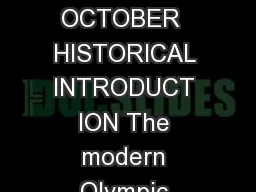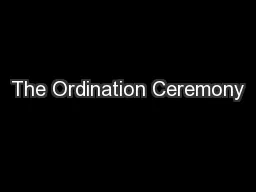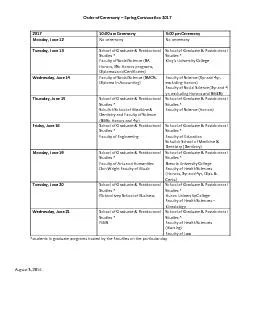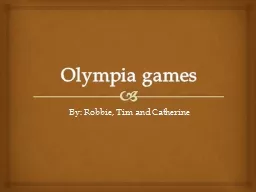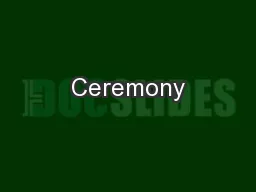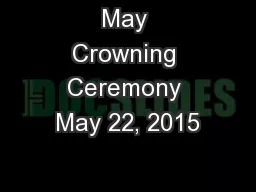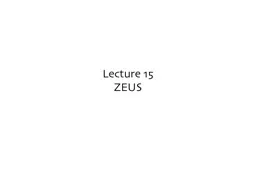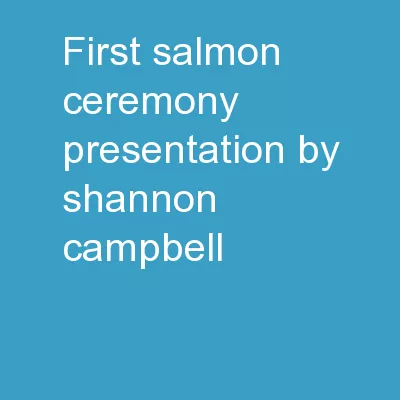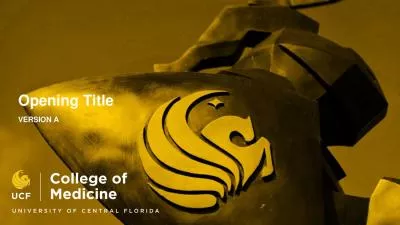PDF-FACTSHEET OPENING CEREMONY OF THE GAMES OF THE OLYMPIA
Author : lois-ondreau | Published Date : 2015-03-30
Thanks to the vision of their founder Pierre de Coubertin and the creative efforts of various host city organisers the ceremonial aspects of the Olympi c Games have
Presentation Embed Code
Download Presentation
Download Presentation The PPT/PDF document "FACTSHEET OPENING CEREMONY OF THE GAMES ..." is the property of its rightful owner. Permission is granted to download and print the materials on this website for personal, non-commercial use only, and to display it on your personal computer provided you do not modify the materials and that you retain all copyright notices contained in the materials. By downloading content from our website, you accept the terms of this agreement.
FACTSHEET OPENING CEREMONY OF THE GAMES OF THE OLYMPIA: Transcript
Download Rules Of Document
"FACTSHEET OPENING CEREMONY OF THE GAMES OF THE OLYMPIA"The content belongs to its owner. You may download and print it for personal use, without modification, and keep all copyright notices. By downloading, you agree to these terms.
Related Documents


